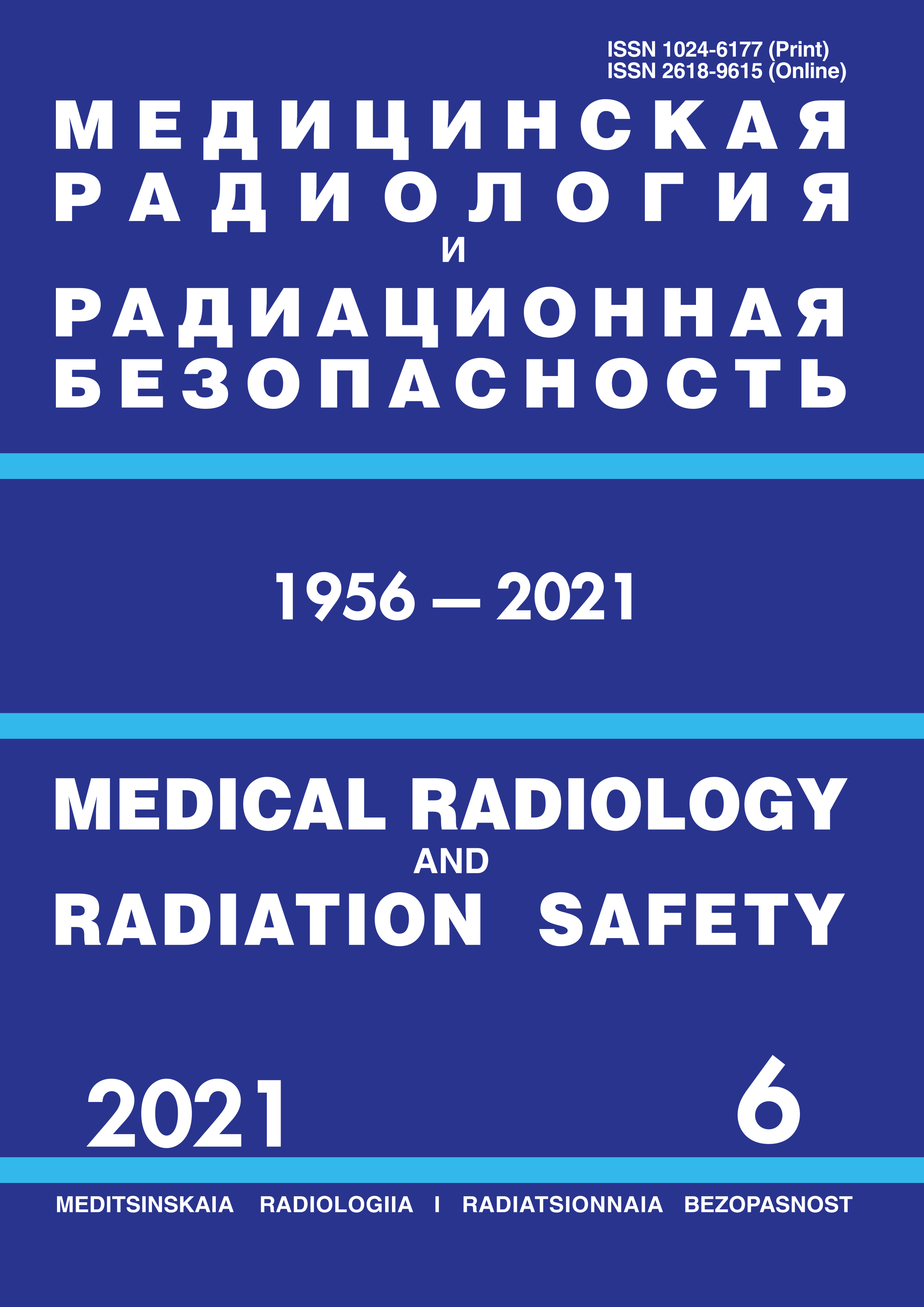CSCSTI 76.33
CSCSTI 76.03
Russian Classification of Professions by Education 31.06.2001
Russian Classification of Professions by Education 31.08.08
Russian Classification of Professions by Education 32.08.12
Russian Classification of Professions by Education 14.04.02
Russian Library and Bibliographic Classification 534
Russian Library and Bibliographic Classification 51
Russian Trade and Bibliographic Classification 5712
Russian Trade and Bibliographic Classification 5734
Russian Trade and Bibliographic Classification 6212
Russian Trade and Bibliographic Classification 5708
Purpose: To propose a procedure for comparative analysis of correlation relationships structure between psychological scales in samples of different sizes. Material and methods: A procedure of comparative analysis of correlation relationships structure between psychological indicators in groups of different sizes based on the «zet» method of R. Fisher is proposed. To illustrate the method, data from psychodiagnostic surveys of the nuclear power plant (NPP) personnel who worked in normal conditions and the personnel of the Chernobyl NPP at four different stages of aftermath activities in 1986–1987 were used. All the subjects performed the Minnesota Multiphasic Personality Inventory (MMPI); the results of each of the groups were subjected to a correlation analysis using the Pearson method. The analysis took into account average (0.5 ≤ r < 0.7) and strong (r ≥ 0.7) correlations. Results: Using the example of a number of psychodiagnostic examinations of the Chernobyl NPP personnel at various stages of aftermath activities, it is shown that the structure of correlation relationships between the MMPI scales can reflect the peculiarities of mental adaptation of professional teams working in regular and extreme conditions. It was shown that in the aftermath process by March–April 1987, the number of medium and strong pairwise Pearson correlations between the clinical MMPI scales increased. This fact apparently indicates that during this period, the NPP personnel were characterized by the simultaneous activation of various mechanisms of intrapsychic adaptation. The core of the correlation pleiad consisted of scales 1, 2, 7, and 8. Such a multidirectional reaction to the aftermath stressors was accompanied by a statistically significant increase in almost all clinical scales (except scale 6) of the average MMPI profile in comparison with the control group. The absence of stable correlations of clinical scales with the F scale indicates that the marked increase in the MMPI profile was not associated with a tendency to aggravation. By the period of November–December 1987, the hypochondria scale occupied a leading place in the correlation pleiad of the MMPI indicators of the Chernobyl NPP personnel, the number of its significant connections with other clinical scales (2, 3, 7 and 8) reached four. Apparently, the mechanism of anxiety somatization at that time could be considered as a syndrome-forming factor and taken into account when planning rehabilitation and health measures. Conclusion: The use of the proposed method of the strength standardization of pairwise correlation relationships between the MMPI scales allowed us to legitimately compare these indicators in groups that differ significantly in number. The chosen representation form of correlations facilitates the analysis of their structure.
Pearson’s correlation coefficient, correlation pleiad, psychic adaptation, MMPI, Chernobyl NPP
1. Arvey R.D., Mussio S.J., Payne G. Relationships Between Minnesota Multiphasic Personality Inventory Scores and Job Performance Measures of Fire Fighters // Psychological Reports. 1972. V.31, No. 1. P. 199-202. DOI:https://doi.org/10.2466/pr0.1972.31.1.199.
2. Pincus T., Callahan L.F., Bradley L.A., et. al. Elevated MMPI Scores for Hypochondriasis, Depression and Hysteria in Patients with Rheumatoid Arthritis Reflect Disease Rather than Psychological Status // Arthritis Rheum. 1986. No. 29. P. 1456-1466.
3. Winfield D.L. The Relationship Between IQ Scores and Minnesota Multiphasic Personality Inventory Scores // The Journal of Social Psychology. 1953. No. 38 P. 299-300. DOI:https://doi.org/10.1080/00224545.1953.9711466.
4. Wexner L.B. Relationship of Intelligence and the Nine Scales of the Minnesota Multiphasic Personality Inventory // The Journal of Social Psychology. 1954. No. 40. P. 173-176. DOI:https://doi.org/10.1080/00224545.1954.9714221.
5. McCrae R.R., Costa P.T.Jr., Dahlstrom W.G., Barefoot J.C., Siegler I.C., Williams R.B.Jr. A Caution on the Use of the MMPI K-Correction in Research on Psychosomatic Medicine // Psychosomatic Medicine. 1989. V.51, No. 1. P. 58-65.
6. Ciring D.A., Evstafeeva E.A. Psihodiagnostika lichnostnoy bespomoschnosti: problemy i metody // Sibirskiy psihologicheskiy zhurnal. 2011. № 41. S. 111-20.
7. Vizgina A.V., Pantileev S.R. Proyavlenie lichnostnyh osobennostey v samoopisaniyah muzhchin i zhenschin. Voprosy psihologii. 2001. №. 3. S. 91-100.
8. Berezin F.B., Miroshnikov M.P., Sokolova E.D. Metodika mnogostoronnego issledovaniya lichnosti: struktura, osnovy interpretacii, nekotorye oblasti primeneniya. M.: Berezin Feliks Borisovich, 2011. 320 s.
9. Bryabrina T.V., Berebin A.M. Harakteristika diskriminativnoy sposobnosti metodiki MMPI pri reshenii zadach differencial'noy diagnostiki somatoformnyh rasstroystv // Vestnik Yuzhno-Ural'skogo gosudarstvennogo universiteta. Seriya Psihologiya. 2009. T.7, № 42. S. 42-51.
10. Lakin G.F. Biometriya. M.: Vysshaya shkola, 1973. 343 s.
11. Cobchik L.N. SMIL. Standartizirovannyy mnogofaktornyy metod issledovaniya lichnosti. Metodicheskoe rukovodstvo. SPb.: Rech', 2003. 219 s.
12. Ishhanyan M.V., Karpenko N.V. Ekonometrika. Ch. 1. Parnaya regressiya: Uchebnoe posobie. M.: MGUPS, 2016. 117 s.
13. Koterov A.N., Ushenkova L.N., Zubenkova E.S. i dr. Sila svyazi. Soobschenie 2. Gradacii velichiny korrelyacii // Medicinskaya radiologiya i radiacionnaya bezopasnost'. 2019. T.64, № 6. S. 12-24. DOI:https://doi.org/10.12737/1024-6177-2019-64-6-12-24.
14. Ratner B. The Correlation Coefficient: Its Values Range Between +1/−1, or do they? // J. Target. Meas. Anal. Mark. 2009. No. 17. P. 139-142. https://doi.org/ DOI:https://doi.org/10.1057/jt.2009.514.
15. Semichov S.B. Predboleznennye psihicheskie rasstroystva. L.: Medicina, 1987. 183 s.
16. Aleksandrovskiy Yu.A. Psihonevroticheskie rasstroystva pri avarii na Chernobyl'skoy AES // Medicinskie aspekty avarii na Chernobyl'skoy atomnoy elektrostancii. Kiev: Zdorov'ya, 1988. S.171-176.





